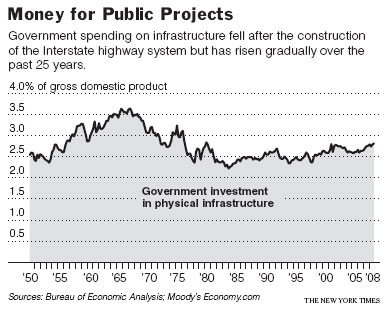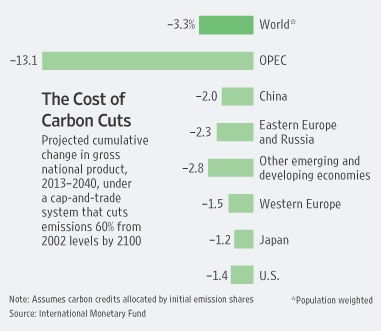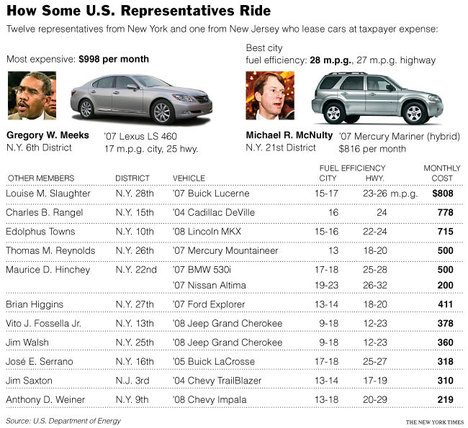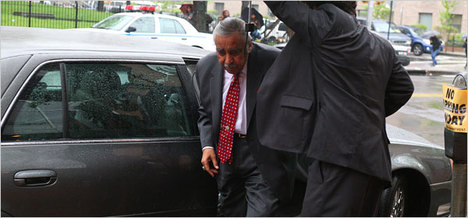(p. A13) The Energy Independence and Security Act of 2007 will effectively phase out incandescent light bulbs by 2012-2014 in favor of compact fluorescent lamps, or CFLs. Other countries around the world have passed similar legislation to ban most incandescents.
Will some energy be saved? Probably. The problem is this benefit will be more than offset by rampant dissatisfaction with lighting. We are not talking about giving up a small luxury for the greater good. We are talking about compromising light. Light is fundamental. And light is obviously for people, not buildings. The primary objective in the design of any space is to make it comfortable and habitable. This is most critical in homes, where this law will impact our lives the most. And yet while energy conservation, a worthy cause, has strong advocacy in public policy, good lighting has very little.
. . .
As a lighting designer with more than 50 years of experience, having designed more than 2,500 projects including the relighting of the Statue of Liberty, I encourage people who care about their lighting to contact their elected officials and urge them to re-evaluate our nation’s energy legislation so that it serves people, not an energy-saving agenda.
For the full commentary, see:
HOWARD M. BRANDSTON. “Save the Light Bulb!; Compact fluorescents don’t produce good quality light.” The Wall Street Journal (Mon., AUGUST 31, 2009): A13.
(Note: ellipsis added.)
(Note: the online version of the article is dated Sun., Aug. 30.)






